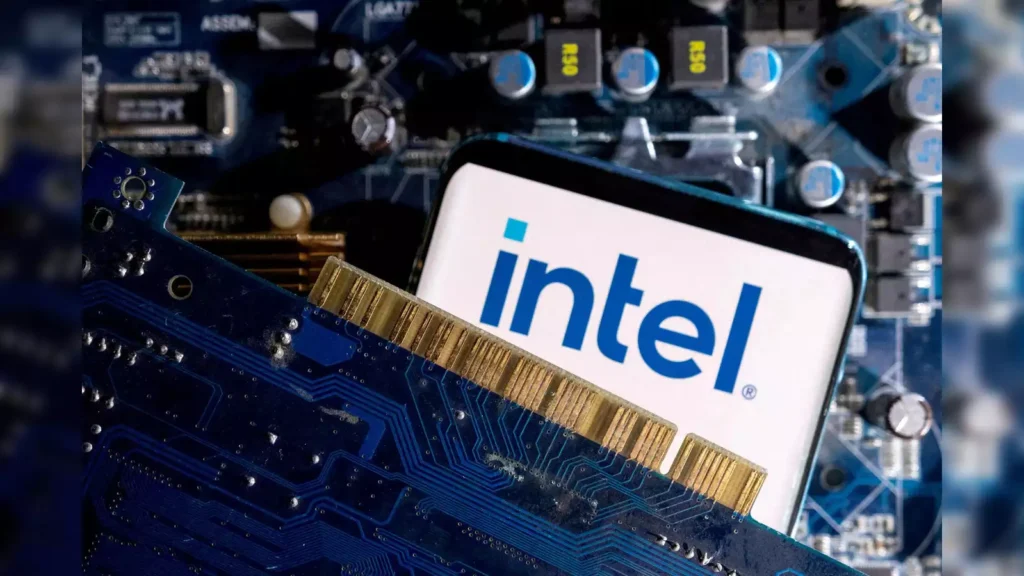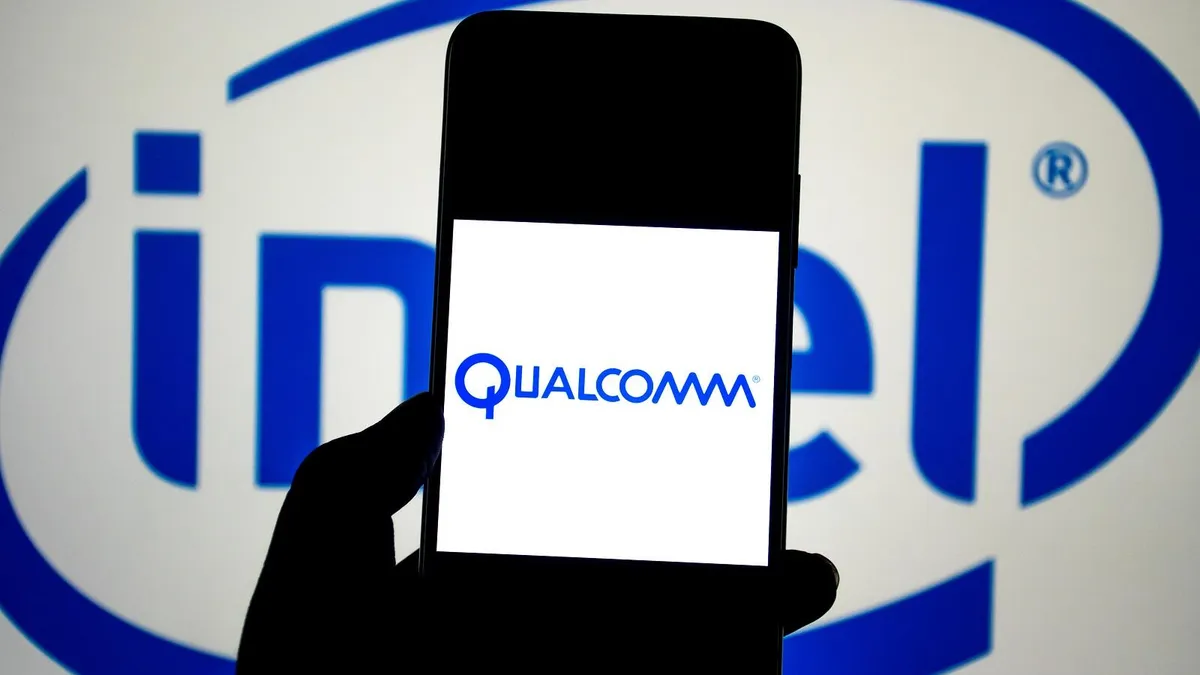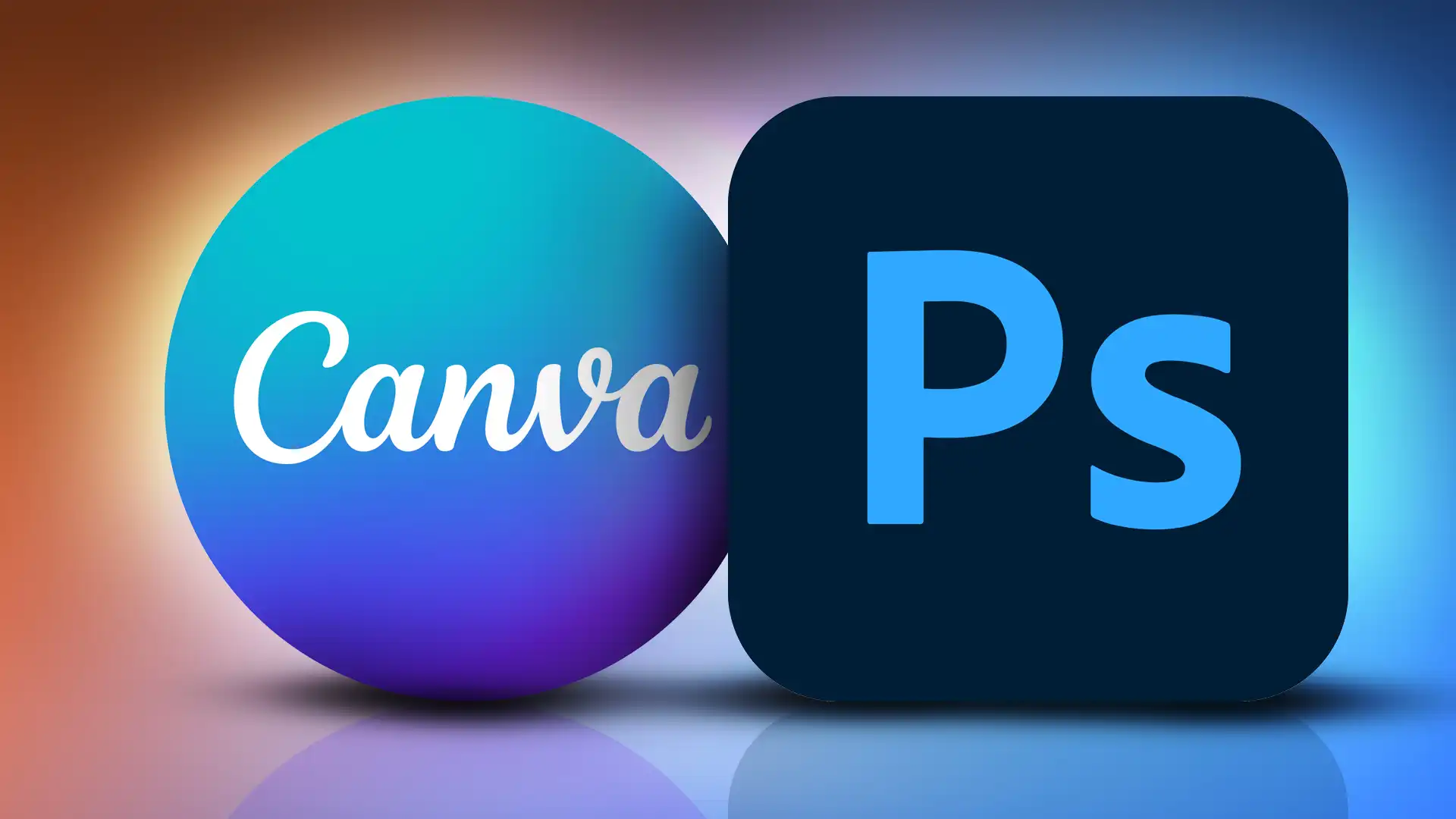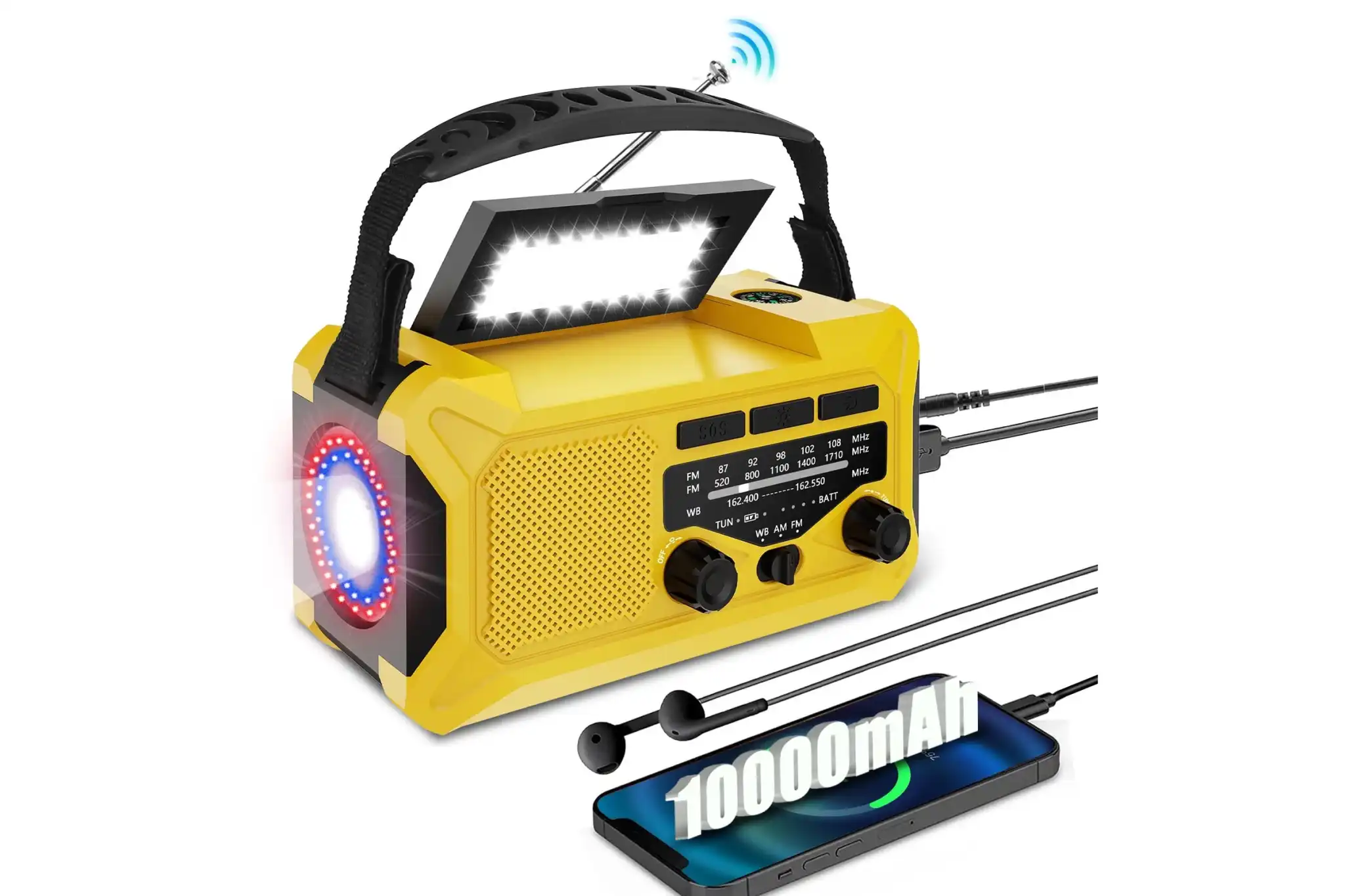
The PC processor industry is on the verge of a significant transformation, marked by the emergence of the “productivity processor.” These chips are engineered specifically for the work-driven, always-on-the-go professional, signaling a major shift in how chip manufacturers address user demands.
For years, we’ve heard promises of laptops boasting all-day battery life, yet often fell short in performance. However, we now have two promising processor families fulfilling this commitment: Qualcomm’s Snapdragon X platform and Intel’s Lunar Lake. Unlike their predecessors, these chips are meticulously designed from the ground up to deliver impressive battery life without compromising on performance.
To me, a true “productivity processor” must excel in two key areas. First, it should run office applications and browse the web efficiently. Second, it needs to provide extensive battery life, enabling users to work without constantly relying on a power outlet. This is where the sea change occurs.
Take Intel’s Lunar Lake, for example. During my testing, I evaluated both wall-powered and battery-powered scenarios to measure how long the sample laptop could handle office tasks. I performed these tests on Microsoft’s Surface Pro (11th Edition) and Qualcomm’s Snapdragon X Elite, as well as the Surface Laptop (5th Edition), allowing for a comprehensive comparison of performance and longevity.
Utilizing UL’s Procyon Office applications tests, which open Word, PowerPoint, Excel, and Outlook to conduct various operations, I focused on battery longevity rather than individual application performance. The results were impressive:
- Intel Lunar Lake: 17 hours, 7 minutes
- Qualcomm Snapdragon X Elite: 16 hours, 20 minutes
- AMD Ryzen AI 300: 10 hours, 42 minutes
- Intel Meteor Lake: 10 hours, 35 minutes
While all four processors provided sufficient battery life for a full day’s work, Intel and Qualcomm truly stand out as they align with a cultural shift in user needs.
Consider this: Each of these laptops can last nearly two workdays on battery power alone. This is a significant advantage for the modern professional, who moves from café to conference room to train, expecting their device to carry on into the next day without needing a charge.
Moreover, these new productivity laptops utilize USB-C for charging, reducing the hassle of finding an outlet when battery levels dip. In the future, USB-C power banks could become a standard accessory, offering a few extra hours of power without the need for bulky chargers. I personally use a lightweight 24,000mAh Anker power bank, which has proven to be more than sufficient for my needs.
However, it’s important to note that both the Snapdragon X Elite and Lunar Lake laptops struggle with prolonged, intensive workloads such as gaming, as their batteries can drain quickly under heavy use.
Here’s where Intel and AMD have made smart choices. Intel’s mobile Core HX processors are tailored for performance, working seamlessly with external GPUs. Meanwhile, AMD’s forthcoming “Strix Halo” or “AI Max” mobile processors are likely to serve a similar function. This delineation emphasizes the contrasting focus: one family targets productivity users, while the other caters to gamers.
I envision a future where a fusion of these two approaches exists, leveraging the new Thunderbolt 5 standard to allow mobile workstations to connect to external GPU docks after a day’s work.
I appreciate high-performance devices like the Surface Laptop Studio, equipped with discrete GPUs and substantial batteries. Yet, as time passes, battery performance inevitably declines. On recent trips, I’ve found myself anxious about the Studio running out of power. At Intel’s Lunar Lake launch in Berlin, I was using a Snapdragon PC to take notes.
With the introduction of Lunar Lake and Snapdragon X Elite, we finally have silicon that supports mobile work as a mainstream solution, rather than a niche application. Could this be the end of “battery anxiety”? I hope so, and I look forward to a day when power outlets at airports feel as outdated as ashtrays.



